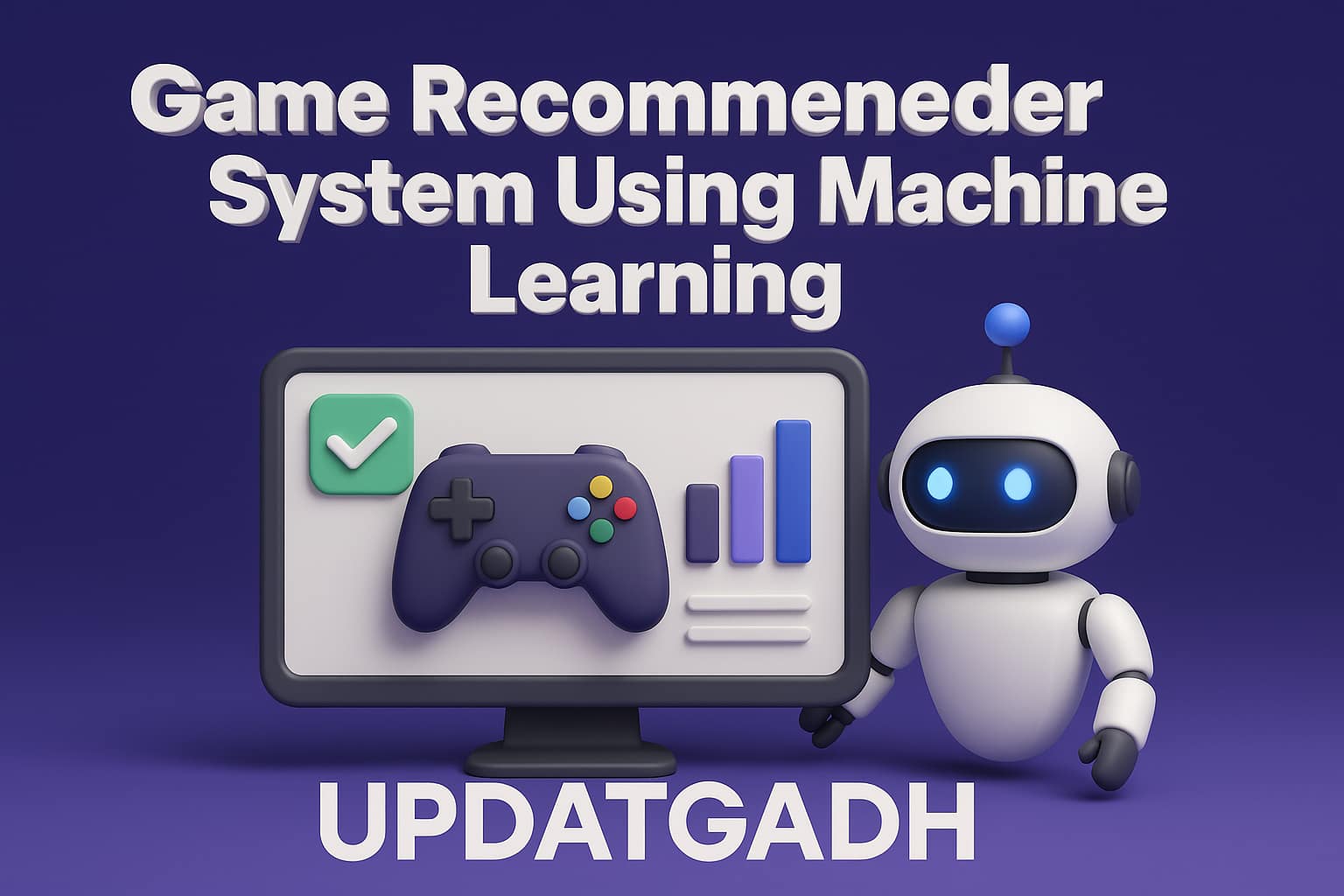
Student Performance Prediction Web Application Using Machine Learning
Student Performance Prediction
Overview
| Project Name | Predicting Student Performance Using Machine Learning |
|---|---|
| Language/s Used | Python, HTML, CSS |
| Type | Web Application |
Download New Real Time Projects :-Click here
A simple project based on Predicting Student Performance Using Machine Learning is developed to show how AI can help in the education system. In schools and colleges, knowing how students are performing is very important. Teachers usually look at exam results, attendance, and classroom behavior to understand progress, but this can take time and may not always give early warnings. With the help of machine learning (ML), we can predict how well a student might perform, especially in subjects like mathematics, by looking at their background and study habits.
This project is designed as a web application that predicts student performance in math. It uses details such as gender, parental education, lunch type, and test preparation status to estimate scores. The system is simple to use, provides predictions in real-time, and demonstrates the complete ML workflow — from data collection and cleaning, model training, and evaluation, to deploying the model in a Flask-based web interface. For students and beginners, this project is both practical and professional, making it a great choice for learning and for portfolios.
Features
The project comes with multiple features that make it both useful and educational:
-
Predicts Math Scores: Based on student details like gender, parental education, lunch status, and test preparation.
-
User-Friendly Interface: A clean and responsive web interface built with HTML and CSS.
-
Real-Time Prediction: Uses a pre-trained machine learning model for instant results.
-
Modular Codebase: Cleanly structured Python code with reusable ML components.
-
Jupyter Notebooks Included: For data exploration, model training, and visualization.
Installation & Execution
Students can easily run this project on their own system by following these steps:
-
Extract the ZIP File
-
Download and extract the project folder on your computer.
-
-
Open in VS Code
-
Launch Visual Studio Code.
-
Go to File > Open Folder and select the extracted project folder.
-
-
Create Virtual Environment
Open the terminal in VS Code and run:python -m venv venvActivate it:
-
Windows:
venv\Scripts\activate -
Linux/macOS:
source venv/bin/activate
-
-
Install Required Dependencies
pip install -r requirements.txt -
Run the Application
python app.py -
Access the Web App
Open a browser and go to:http://localhost:5000Fill in the student details in the form and get the predicted math score instantly.
Dataset
The dataset used in this project is taken from a Kaggle repository. It contains student details such as:
-
Gender
-
Race/Ethnicity
-
Parental level of education
-
Lunch type (standard or free/reduced)
-
Test preparation status
-
Exam scores (Math, Reading, Writing)
For this project, the main focus is on predicting the Math Score using the other attributes as input features.
Model Training
The training process is well-structured and includes all major machine learning steps:
-
Exploratory Data Analysis (EDA): Performed in Jupyter Notebook to understand trends.
-
Data Preprocessing: Encoding categorical data, scaling features, and cleaning the dataset.
-
Model Building: Trained using Random Forest Regressor as the main model.
-
Advanced Experimentation: Additional tests with CatBoost for insights.
-
Performance Validation: Used a train-test split to measure accuracy.
-
Model Saving: Both the trained model and preprocessing pipeline are serialized using pickle for reuse.
The model achieved around 85% accuracy, which shows strong predictive ability for math scores.
Results
The analysis gave meaningful insights about student performance:
-
Students who completed test preparation scored much higher.
-
Parental education level had a strong impact on student results.
-
Socioeconomic factors like lunch type also influenced performance.
These results prove how data-driven insights can help teachers and schools create better support systems for students.
Technologies Used
-
Language: Python
-
Framework: Flask
-
Frontend: HTML, CSS
-
Libraries: pandas, numpy, scikit-learn, matplotlib, seaborn
-
ML Model: Random Forest Regressor (with CatBoost for experiments)
-
Visualization: Jupyter Notebook
-
Serialization: Pickle
Conclusion
This project on Predicting Student Performance Using Machine Learning is a complete and practical example of how AI can be applied in education. It doesn’t just show coding, but also teaches the end-to-end ML workflow, from data analysis to deployment.
For students, it is a perfect project to:
-
Learn machine learning basics
-
Understand how Flask integrates ML models into web apps
-
Explore real datasets and analysis
-
Add a professional and useful project to their portfolio
It is simple enough for beginners, yet powerful enough to demonstrate real-world applications of AI in education.
We have projects Available in all languages:–Click Here
student performance prediction using machine learning source code
student performance prediction using machine learning project
student performance prediction using machine learning github
student performance prediction using machine learning project report
student performance prediction using machine learning python
student performance prediction using machine learning research paper
student performance prediction using machine learning kaggle
student performance prediction using machine learning code
student performance prediction web application using machine learning github
student performance prediction web application using machine learning pdf









Post Comment